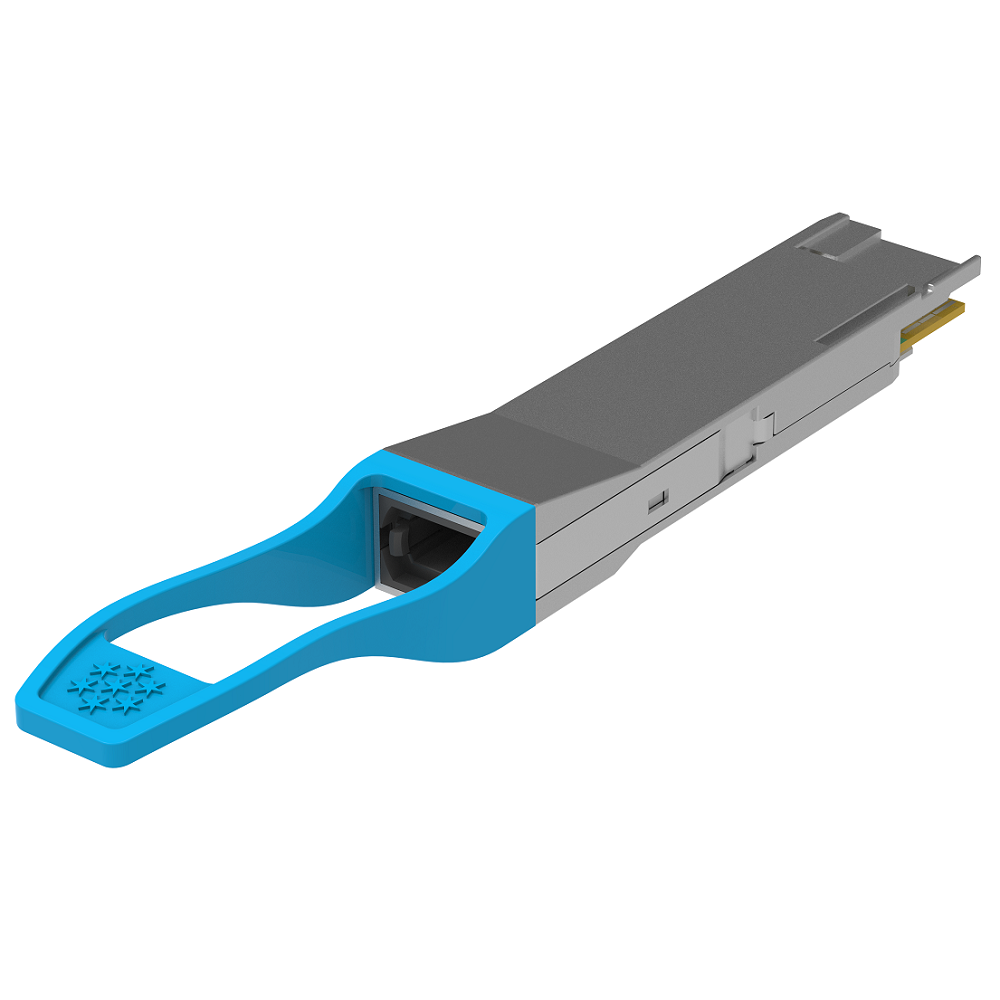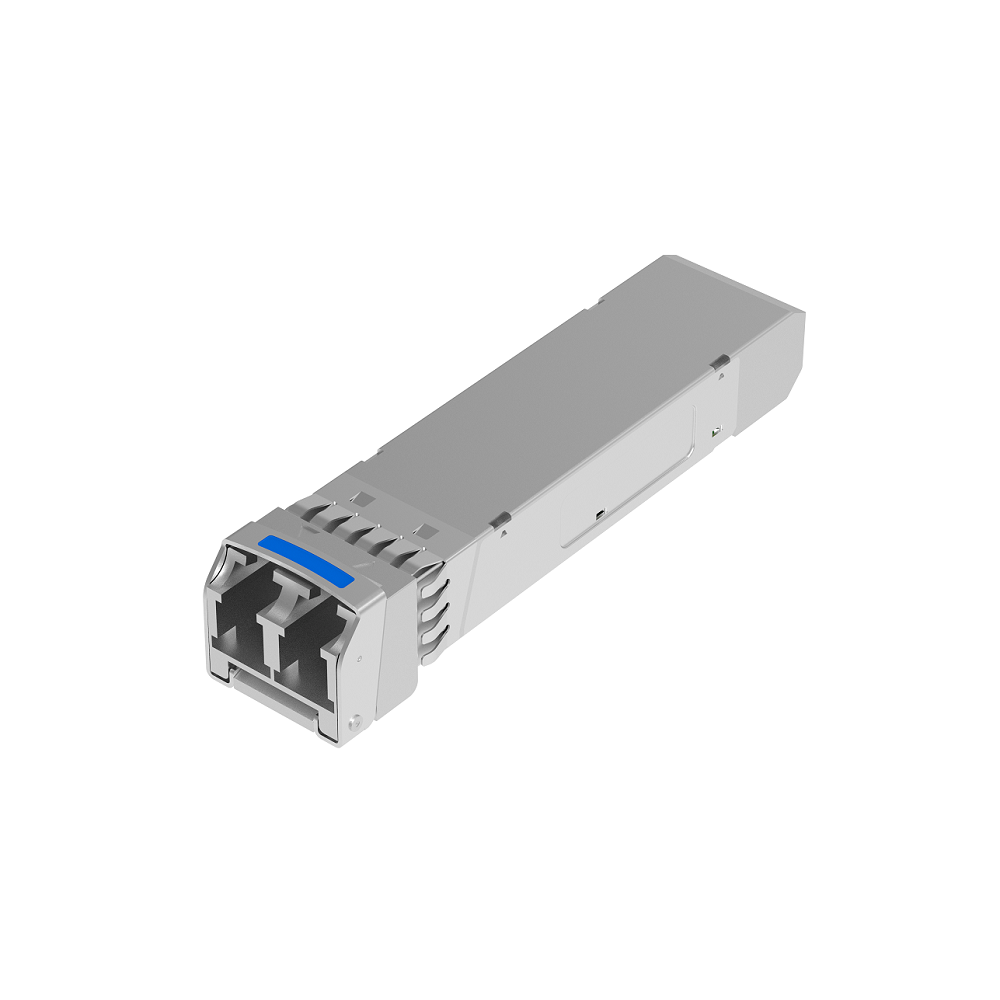With the commercial use of cloud computing, big data and other new technologies, data center flow and bandwidth have an exponential increase. There is a huge opportunity for optical transceiver vendors.
At the same time, we can see that there are some differences in the application for optical transceivers between the data center and Telecom.

First of all, here will discuss the requirements for data center optical transceivers in detail.
The Requirements for Optical Transceivers
Low Cost
It's the foundation for data centers to use a large number of optical transceivers and the power of facilitating the data center development.
Low Power Consumption
It complies with the concept of human green development and promotes industrial development under the premise of protecting the environment.
High Speed
It meets the requirement of data communication such as cloud computing and big data.
High Density
It increases the number of optical transmission channels in unit space and achieves the purpose of improving data transmission capacity.
Short Period
It's the characteristics of the rapid development of recent data communications, the general life cycle is 3-5 years.
Narrow Temperature
The data center optical transceivers are the indoor temperature and humidity control, hence the user proposed working temperature can be defined as 15 to 55 degrees between the narrow temperature range. This is a reasonable approach.
On the macro level, the data center optical transceiver market reasonably defines the life and working conditions of optical transceivers according to the requirements and fully optimizes the market for the cost performance of optical transceivers. Due to the open trend of several networks, this market has the characteristics of positivity and open, welcoming the characteristics of new technologies and the atmosphere of exploring new standards as well as application conditions. All of these provide excellent conditions for the development of data center optical transceiver technology.
The Key Technologies for Optical Transceivers
Non-Hermetic Package
As the cost of optical components (OSA) accounts for over 60% of the cost of optical transceivers, and the space for cost reduction of optical chips becomes smaller and smaller, the most likely cost reduction is the packaging cost. While ensuring the performance and reliability of optical transceivers, it is necessary to promote the packaging technology from the expensive hermetic package to the low-cost non-hermetic package. The key points of the non-hermetic package include the non-air tightness of the optical device itself, the optimization of the design of the optical components, the packaging materials and the improvement of the process. Among them, optical devices, especially lasers, are the most challenging. This is because if the laser device is not hermetic, the expensive hermetic package is not needed. Fortunately, in recent years several laser manufacturers have avowed that their lasers can be applied to non-airtight applications. In view of the large number of shipping data center optical transceivers, most of them are mainly non-hermetic package. It seems that the non-hermetic packaging technology has been well received by the data center optical transceiver industry and customers.
Hybrid and Integrated Technology
Under the drive of multi-channel, high speed and low power consumption demand, the same volume optical transceivers need to have more data transmission, and the photonic integration technology gradually becomes a reality. Photonic integration technology has a broader meaning: for example, based on the integration of silicon-based (planar optical waveguide hybrid integration, silicon photonics, etc.), based on the integration of indium phosphide. Hybrid and integrated technology usually refers to the integration of different materials. There is also the construction of partially free space optics and partially integrated optics called hybrid integration. The typical hybrid integrated active optical devices (laser, detector, etc.) are integrated into the passive optical path connection or some other function (points or wave, etc.) of the substrate (planar optical waveguide and silicon light, etc.). The hybrid integrated technology of optical components can be done very compactly, complying with the trend of miniaturization of optical transceivers, easy to use mature IC encapsulation process automation. It is beneficial to mass production, which is an effective technical method for recent data center optical transceivers.
Flip Chip Technology
Flip chip is a high-density chip interconnection technology from IC packaging industry. In the rapid development of optical transceivers today, the interconnection between short - shrinking chips is a valid option. It is better to weld optical chip directly onto the substrate through gold-gold welding or eutectic welding, which is much better than the high-frequency effect of gold wire bonding (short distance, small resistance, etc.). In addition to the laser, the heat generated by the laser is easily transferred from the solder to the substrate due to the proximity of the source area to the solder, which is helpful for improving the efficiency of the laser at high temperature. Because the backward welding is the mature technology of IC packaging industry, there are many kinds of commercial automatic reverse welding machines used in IC packaging. Optical components require optical path coupling, so the accuracy requirements are high. These years optical components processing with high precision inversion welding machine are very eye-catching and in many cases have realized the passive light, greatly improving the productivity. Due to the characteristics of high precision, high efficiency and high quality, the flip chip technology have become an important technology in the data center optical module industry.
Chip On Board Technology
COB (chip on board) technology also comes from the IC packaging industry, whose principle is through the rubber patch technology (epoxy die bonding) to fix chips or optical components on the PCB, and then gold wire bonding (wire bonding) uses the electrical connection, and lastly drip glue sealing on the top. Obviously, this is a non-hermetic package. The advantage of this process is that it can be automated. For example, the optical components can be viewed as a“chip” after it has been integrated by backloading and welding. Then the COB technology is used to fix it on the PCB. At present, COB technology has been widely adopted, especially in the use of VCSEL arrays in short distance data communication. The integrated silicon photonics can also be packaged by using COB technology.
Silicon Photonics Technology
The silicon photonics is a technology that discusses the technology and technique of optoelectronic devices and silicon-based integrated circuits, and science integrated into on the same silicon substrate. Silicon photonics technology will eventually go to photoelectric integration (OEIC: Opto - Electric Integrated Circuits), making the current separated photoelectric conversion (optical transceivers) into the local photoelectric conversion of photoelectric integration, further pushing the system integration. Silicon photonics technology can certainly do a lot of things, but for now, it's the silicon modulator. From the industry, the threshold of new technology into the market must be the performance and cost is competitive and the need for huge upfront costs of silicon photonics technology is really a big challenge. The data center optical transceiver market, due to the large demand concentration within 2 kilometers, with the strong requirements of low cost, high speed and high density, is suitable for a large number of applications of silicon photonics.
Conclusion
The traditional 100G optical transceivers have been very successful, and they are not easy to get a lot of silicon photons. However, at the rate of 200G or 400G, since the traditional direct modulation type is close to the limit of bandwidth, the cost of EML is relatively high, which will be a good opportunity for the silicon photonics. A large number of applications of silicon photons also depends on the openness and acceptance of technology in the industry. If taking into account the characteristics of silicon photonics when setting the standards and agreements or relaxing some indicators (wavelength, extinction ratio, etc.) on the premise of meeting the transmission condition, they will greatly promote the development and application of silicon photonics.
On Board Optics If OEIC is the ultimate photoelectric integration scheme, On–Board Optics is a technology between OEIC and optical transceivers. On–Board Optics move the photoelectric conversion function from the panel to the motherboard processor or to the associated electrical chip. By saving space and increasing the density, it also reduces the distance of the high-frequency signal, thus reducing the power consumption. On–Board Optics is primarily focused on the short-range multimode fiber used in the VCSEL array, but recently there is a scheme for using silicon photonics technology in single-mode fiber. In addition to the composition of the simple photoelectric conversion function, there are also the forms (co-package) that encapsulate the photoelectric conversion function (I/O) and the associated electrical chip (processing). Although On–Board Optics has the advantages of high density, the manufacturing, installation and maintenance costs are relatively high and are currently used in the field of supercomputing. It is believed that with the development of technology and the need of the market, onboard optics will gradually enter into the field of the optical interconnection of the data center.










